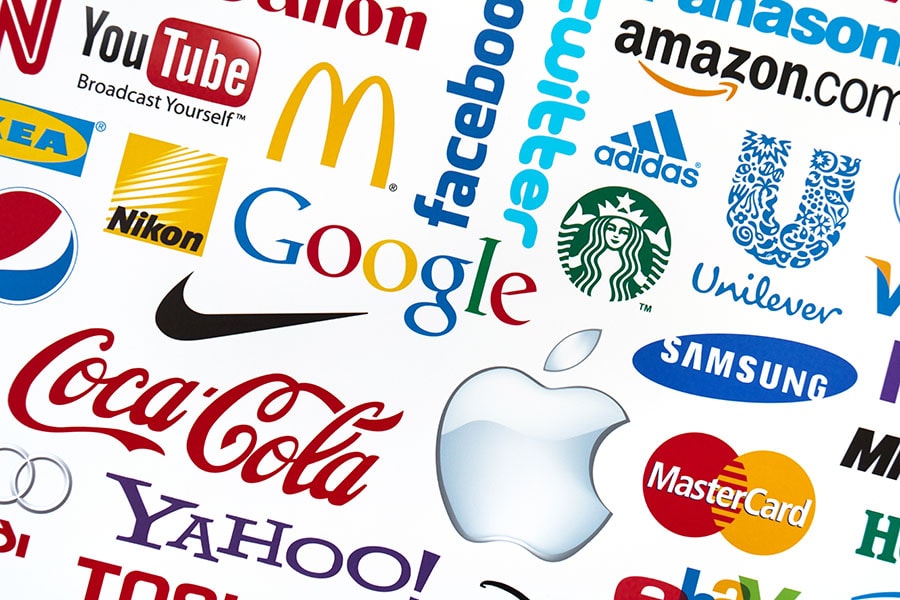
Simply Speaking: A brand mosaic and the little things that make it
Think of Netflix's "ta-dum", Tiffany's patent colour, Coca-Cola's red or Nike's swoosh. Then think if you recall anything more. Do you need to?
 Distinctive assets help create and consolidate a brand image and make it more desirable and remembered positively in the market. Image: Shutterstock
Distinctive assets help create and consolidate a brand image and make it more desirable and remembered positively in the market. Image: Shutterstock
How many brands do you use? How many are ones you truly care for? From these, for how many can you recall advertising? I am sure the answer would be a single digit. But there will be many more brands which you can identify, at a glance, without any other prompting. Just their design, packaging, colour, smell, and more, will pop them up in your memory. That is important.
We have never lived in a time so full of brands and commercial stimuli. Already in our daily lives — on TV, radio, magazines, and billboards—digital marketing has brought them to every moment of our lives. But are we building stronger brands? Many argue that this is not the case. Brand Darwinism has peaked. Why is much forgotten and only so little remembered? In an over-communicated society too much is being said and not enough is being repeated. At their core, brands are about trust. You don’t demand trust, you earn it through your actions. Being the same at all times is a big factor in trustworthiness.
Via evolution, we are all descended from people who relied on short-cut decision making.
In the early human period, one may guesstimate that less than 10 percent of information required for decision-making would be available. Hence ‘fight or flee’ type reflexive decisions looked out for markers and signs which were extrapolated with lifesaving consequences.
The reason successful brands are vivid in people’s minds is thanks to distinctive assets.







